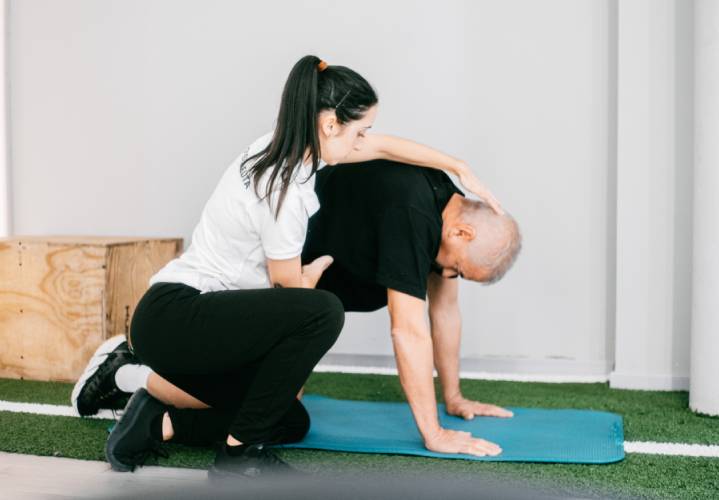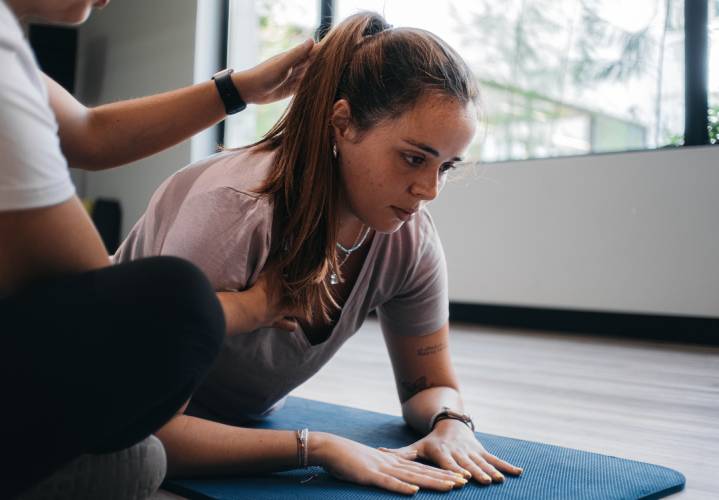Posture
Are there good and bad postures?
- Prevention
- Posture and Alignment

We often hear someone tell us: “Straighten your back!” or “You're crooked!”. But, after all, what should our body position be when sitting, lying down, or standing? The truth is that there is no correct posture. We all adopt a position that is comfortable for our spine, which is different from anyone else's, and none is right or wrong. What we should keep in mind is to avoid staying in the same position for long periods.

Even so, our spine can undergo changes and deviations over time, which may manifest as negative sensations such as pain. Therefore, we should seek an appropriate professional, such as a physiotherapist, to carry out a postural assessment. Through this evaluation, it is possible to: • Identify postural deviations, such as the distribution of body weight, alignment of the head, shoulders, hips, knees, and ankles, both at rest and in motion; • Analyze muscular compensations, as some regions of the body may be subject to greater tension; • Identify muscle imbalances, that is, evaluate differences in muscle strength; • Assess joint overload, to reduce the risk of early joint degeneration. After this evaluation, it is possible to plan a personalized intervention tailored to the individual's postural changes. This may include specific corrective exercises, strengthening and stretching exercises that will contribute to improving movement efficiency, and serve as tools for postural education, increasing the patient's well-being.


